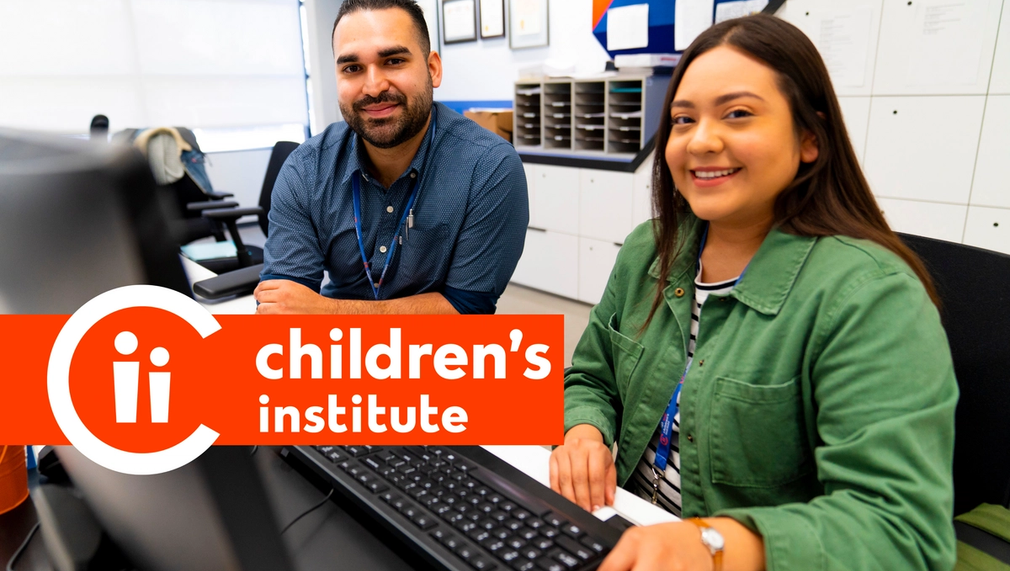Individualized Transition Skills Program
CII’s Individualized Transition Skills Program (ITSP) empowers foster youth ages 16-21 to become successfully independent adults through wraparound services focused on advancing their education, gaining employment, and finding stable housing. Since its inception in 2014, ITSP has served over 2,000 transition aged foster youth in Los Angeles County. It has a proven track record of achievement with 97% of youth having no barriers to success after one year and 86% of youth graduating from high school and applying to college.

What is the primary issue area that your application will impact?
Support for Foster and Systems-Impacted Youth
In which areas of Los Angeles will you be directly working?
Central LA
South LA
South Bay
In what stage of innovation is this project, program, or initiative?
Expand existing project, program, or initiative
What is your understanding of the issue that you are seeking to address?
Los Angeles is home to the largest population of foster youth in the country, with over 26,000 children in out-of-home placements. Approximately 2,000 youth in foster care exit the system each month, including transition-aged youth (TAY). The vast majority of TAY leave the foster care system ill-prepared for the most fundamental aspects of adulthood. About a third of former L.A. County foster youth are homeless and more than half are unemployed within 2-4 years of emancipation. Across the nation, 50% of the homeless population spent time in the foster care system. A key factor behind unsuccessful transitions is a lack of educational attainment. The graduation rate for foster youth in LAUSD is around 52%, well below the district wide rate of 77% and below the state’s foster youth average of 58%. TAY are simply not meeting the minimum requirements for many entry level employment opportunities. Moreover, only 20% of foster youth will attended college, and only 9% will graduate.
Describe the project, program, or initiative this grant will support to address the issue.
The core of CII’s Individualized Transition Skills Program (ITSP) is one-on-one support that is tailored to the unique needs of each transition aged youth (TAY). Youth are eligible to participate in ITSP for up to 24 months during the ages of 16-21. A CII Transition Development Specialist (TDS) partners with each TAY to shape the program curriculum to best address the youth’s strengths and responsibilities. The TDS meets with each youth at least two sessions per month, with sessions ranging from 4-5 hours. Youth are also supported by an Employment Specialist who works individually with each youth to develop career paths and secure employment. They also coordinate group employment activities, such as career fairs, resume writing workshops, mock interviews, etc. The Education Specialist plays an additional role in the success of TAY as they offer personalized college guidance counseling and FAFSA/scholarship workshops. CII is also piloting a scholarship program to help youth attend college. To complement the individual work, ITSP youth also participate in two group activities- TAY Talks and the Fostering Social Skills Group. These groups provide critical opportunities for youth to build informal social support networks with their peers while also engaging in topics related to young adults. The newest support group (The Bright Room) was created to support the LGBTQ+ population within our ITSP program, which was identified by the youth as an area of additional need.
Describe how Los Angeles County will be different if your work is successful.
The pandemic has caused community-wide instability in the areas already challenging for foster youth- education, employment, and housing. A national survey found that 65% of transition aged youth (TAY) have lost work or had their hours slashed amid the pandemic, with half reporting finances so tight that they could not afford enough to eat. Compounding issues like inflation and rent hikes have TAY struggling to live in Los Angeles, the only place they have ever known. Over the next year we look to accomplish the following outcomes: Serve 500 youth, 80% of high school seniors will graduate, at least 75% of eligible youth will apply to college or vocational school, and at least 80% of youth will increase their financial and budgeting knowledge after 12 months in the program. Over the long-term we look to ensure youth transition successfully to adulthood and provide youth with the social support, concrete support, and life skills needed to lead healthy and productive lives.
What evidence do you have that this project, program, or initiative is or will be successful, and how will you define and measure success?
The Casey Life Skills Assessment (CLSA) is used by ITSP as a measure of each youth’s outcomes. Youth scores at intake and follow-up are compared to calculate the level of significance as well as percent change. In addition to using the results of the assessment to individualize ITSP services, all program staff have a working knowledge of adolescent development, particularly how trauma and out-of-home placements can impact development. The following features of adolescent development are of particular importance: physical, cognitive, emotional, and social development. Together, these developmental changes create the backdrop for the context of the staff-youth relationship. The CLSA has measured the following ITSP outcomes last fiscal year: 97% had no barriers to self-sufficiency, 90% had knowledge of how to obtain safe/affordable housing, 94% increased self-advocacy skills, and 85% developed permanent connections/relationships with trusted adults, family and/or friends.
Approximately how many people will be impacted by this project, program, or initiative?
Direct Impact: 500
Indirect Impact: 0